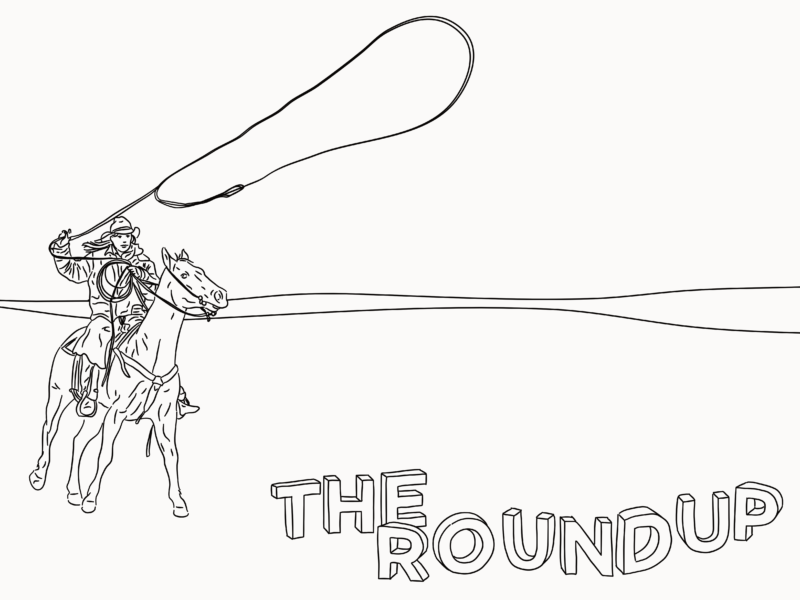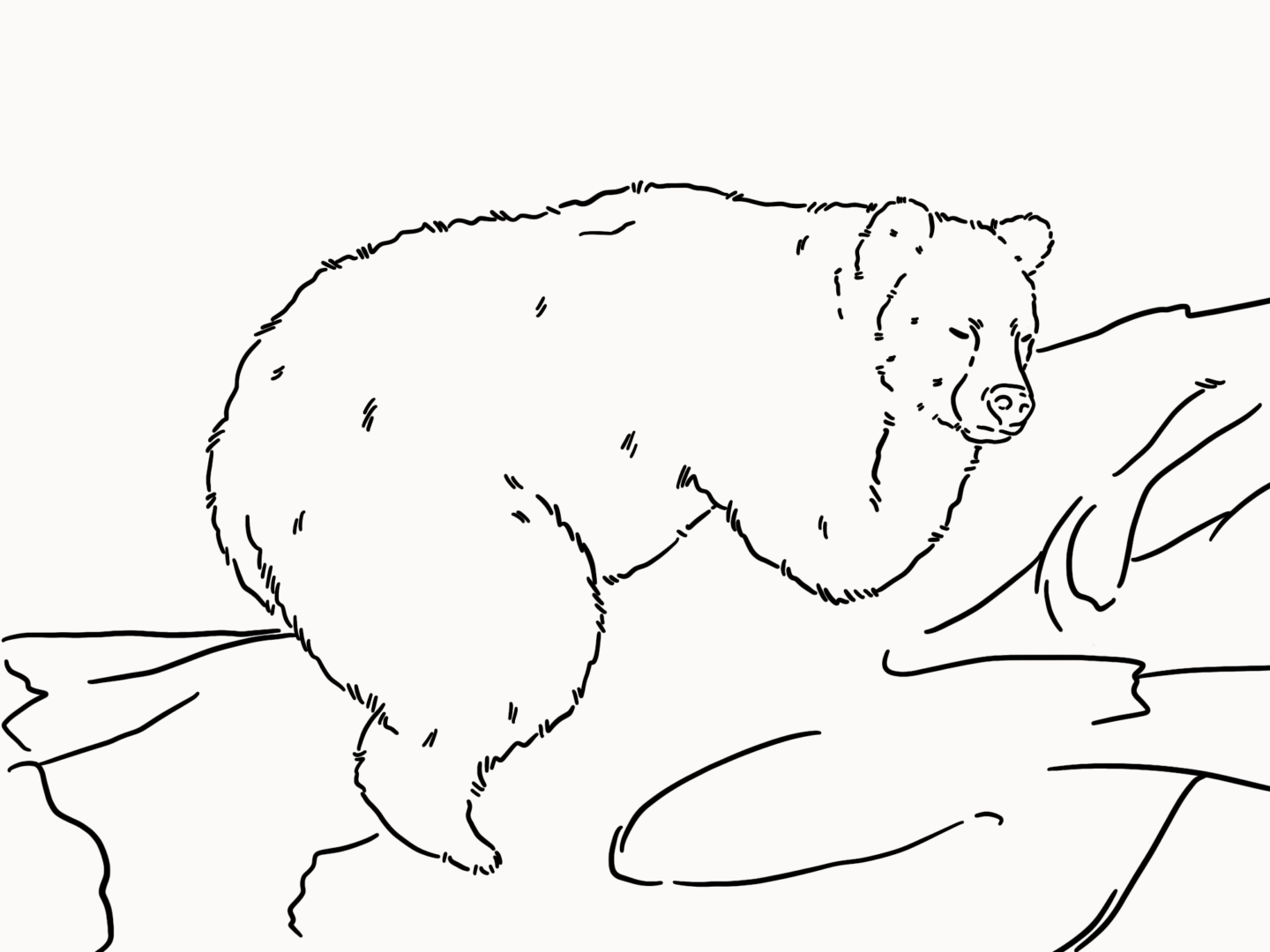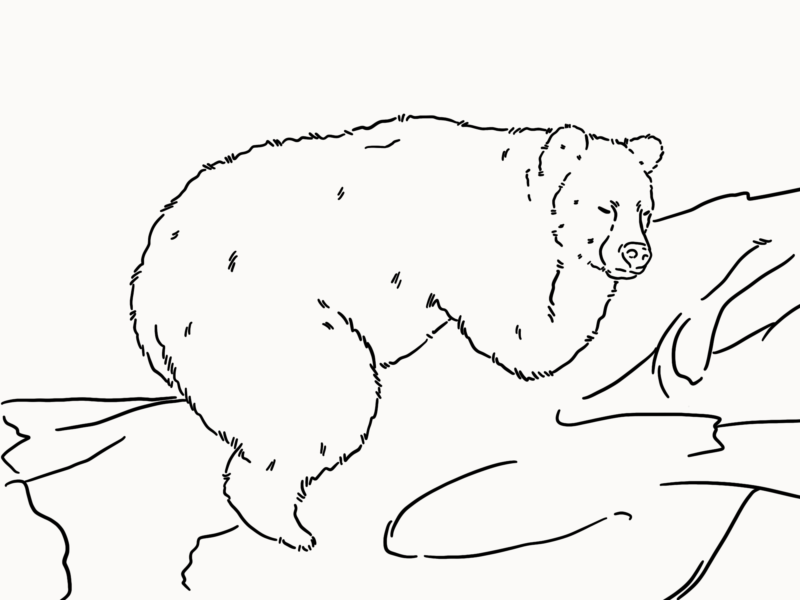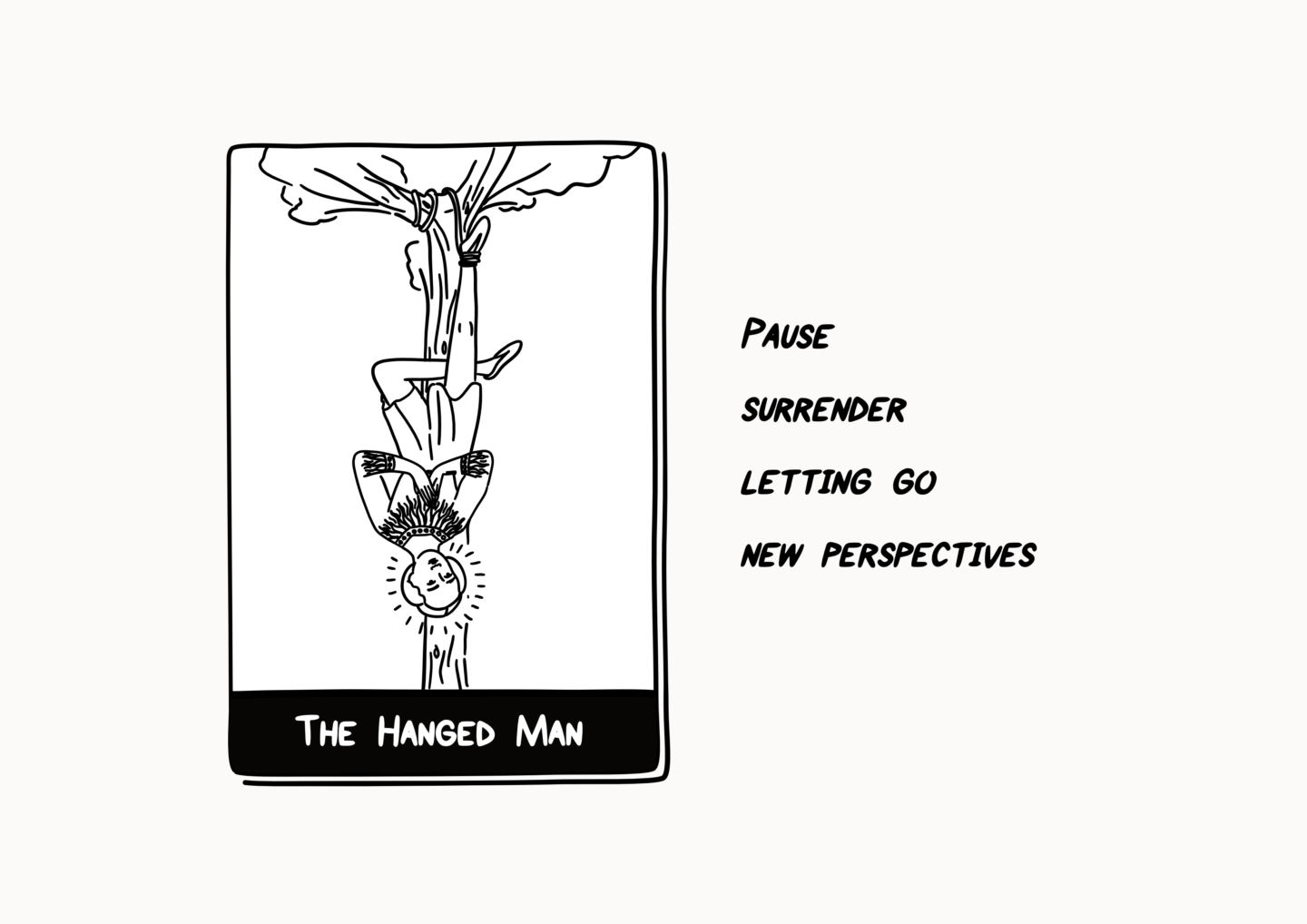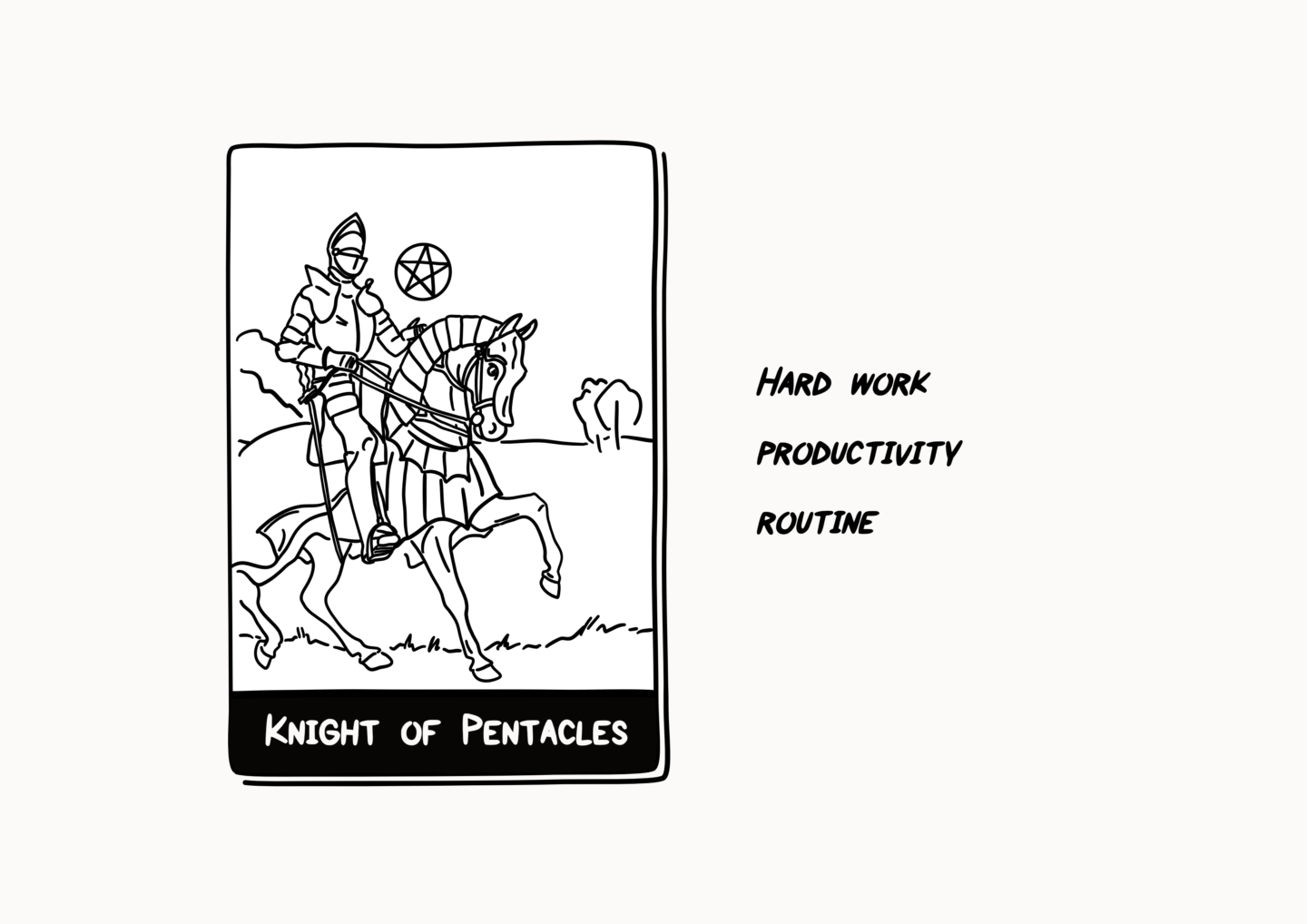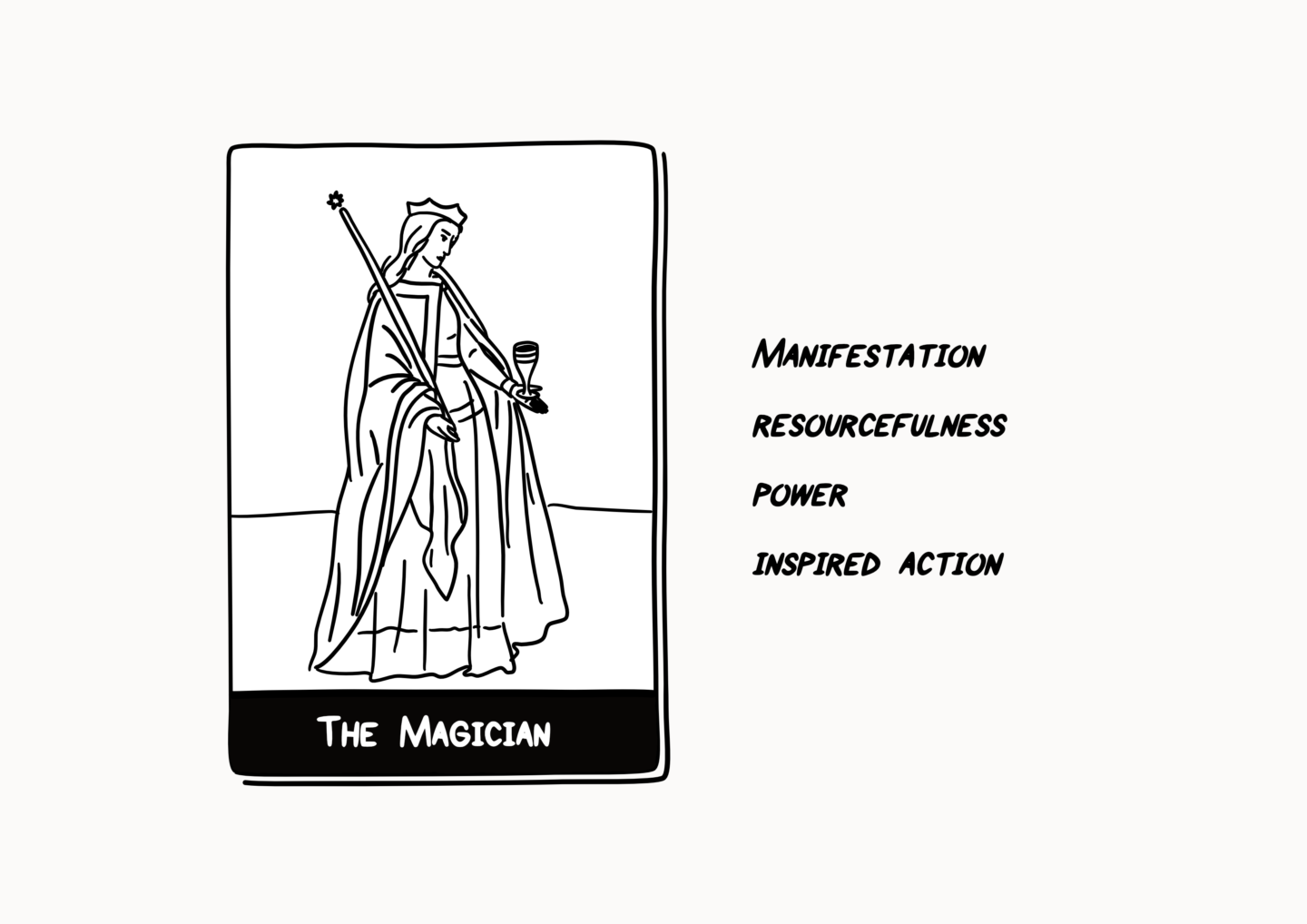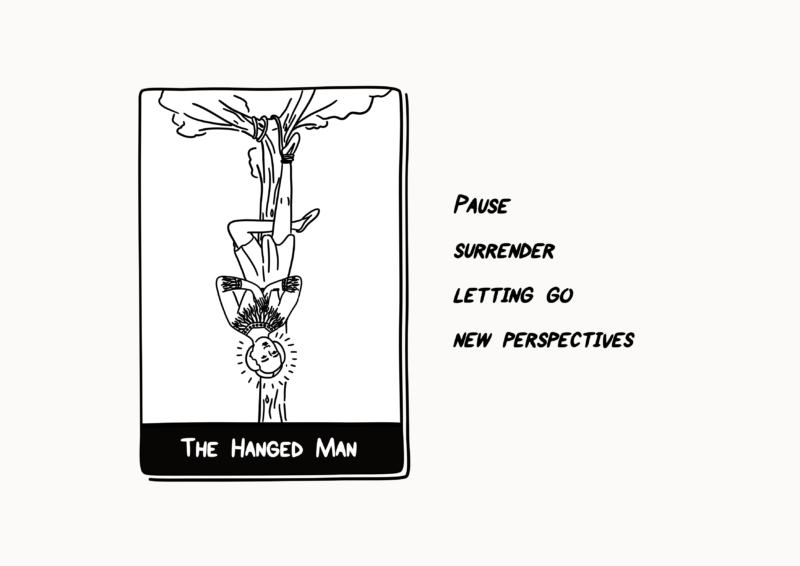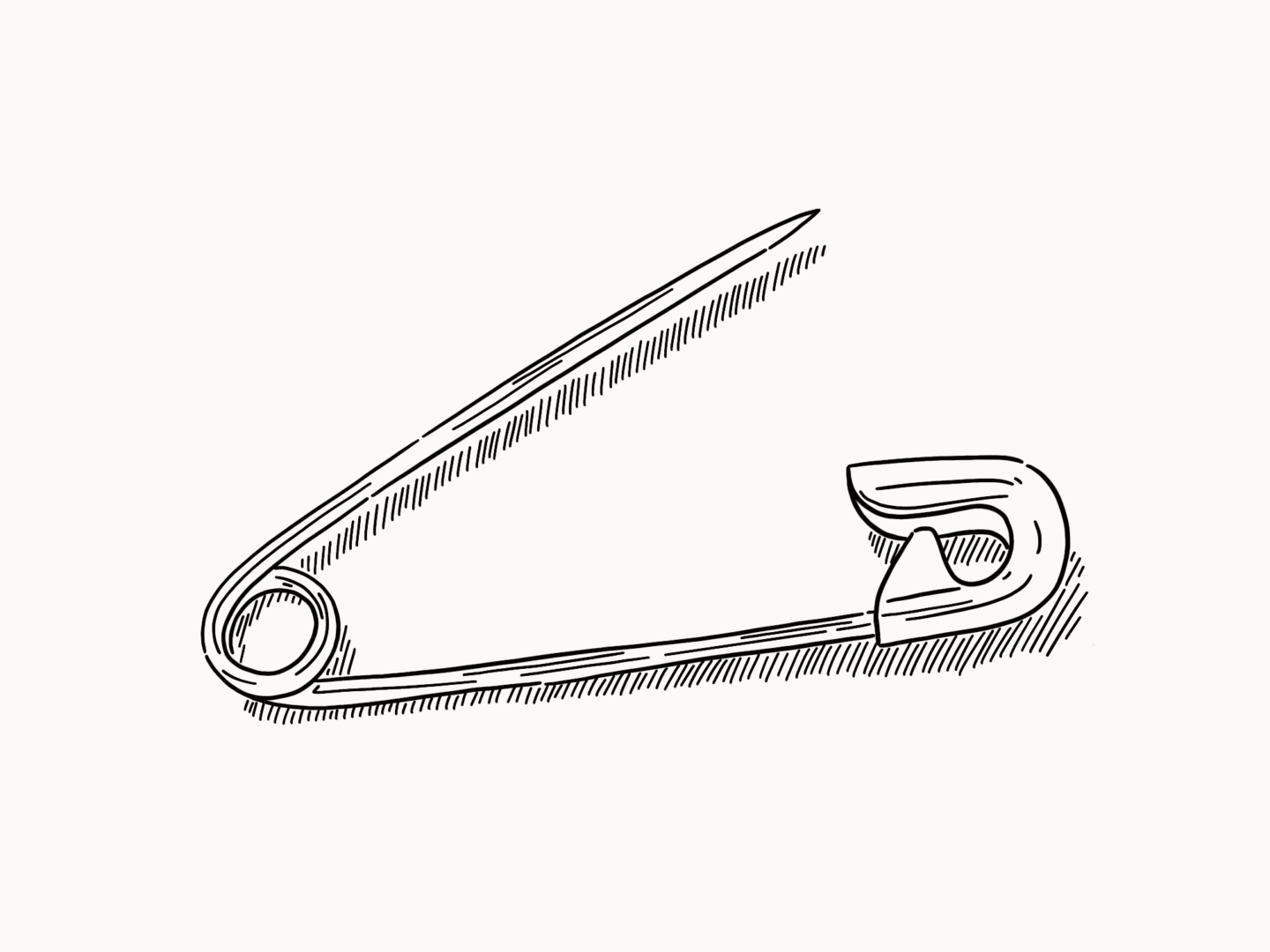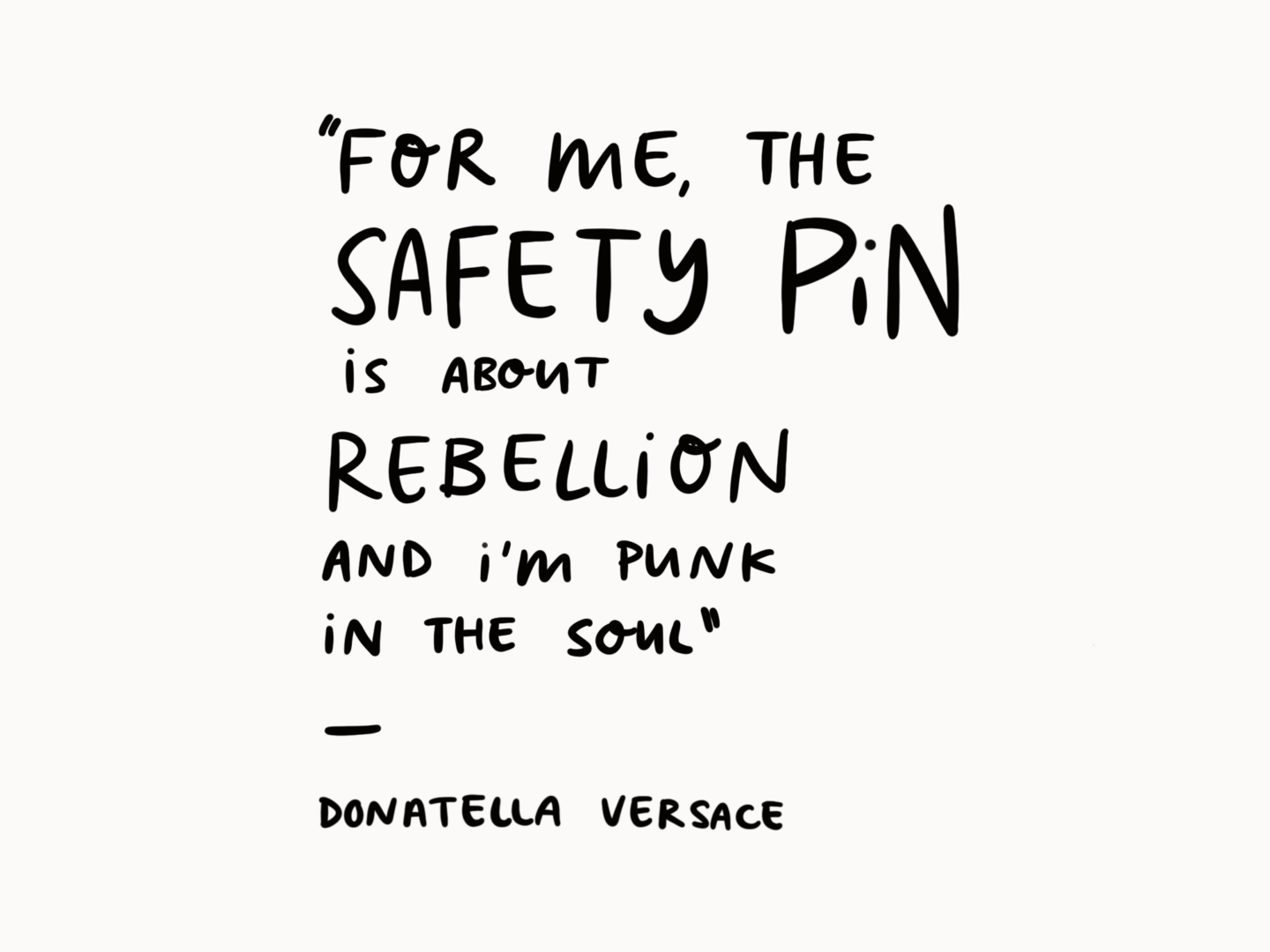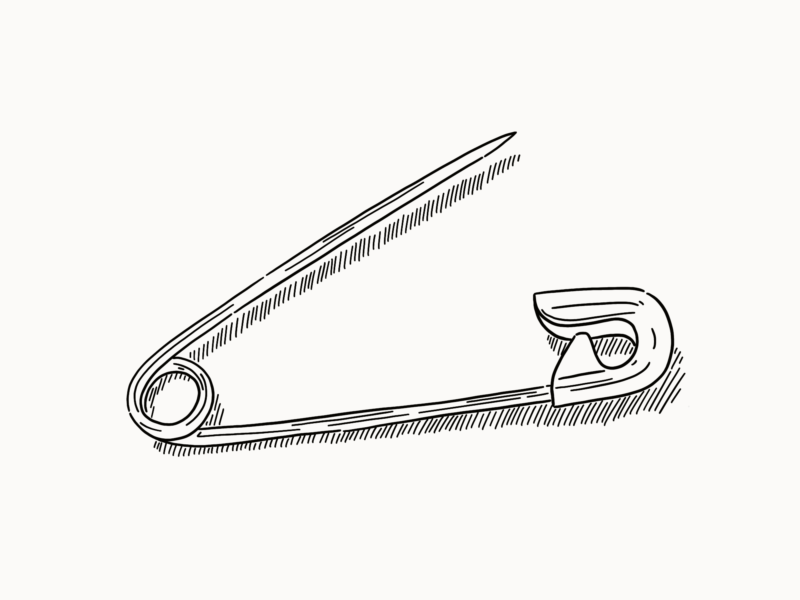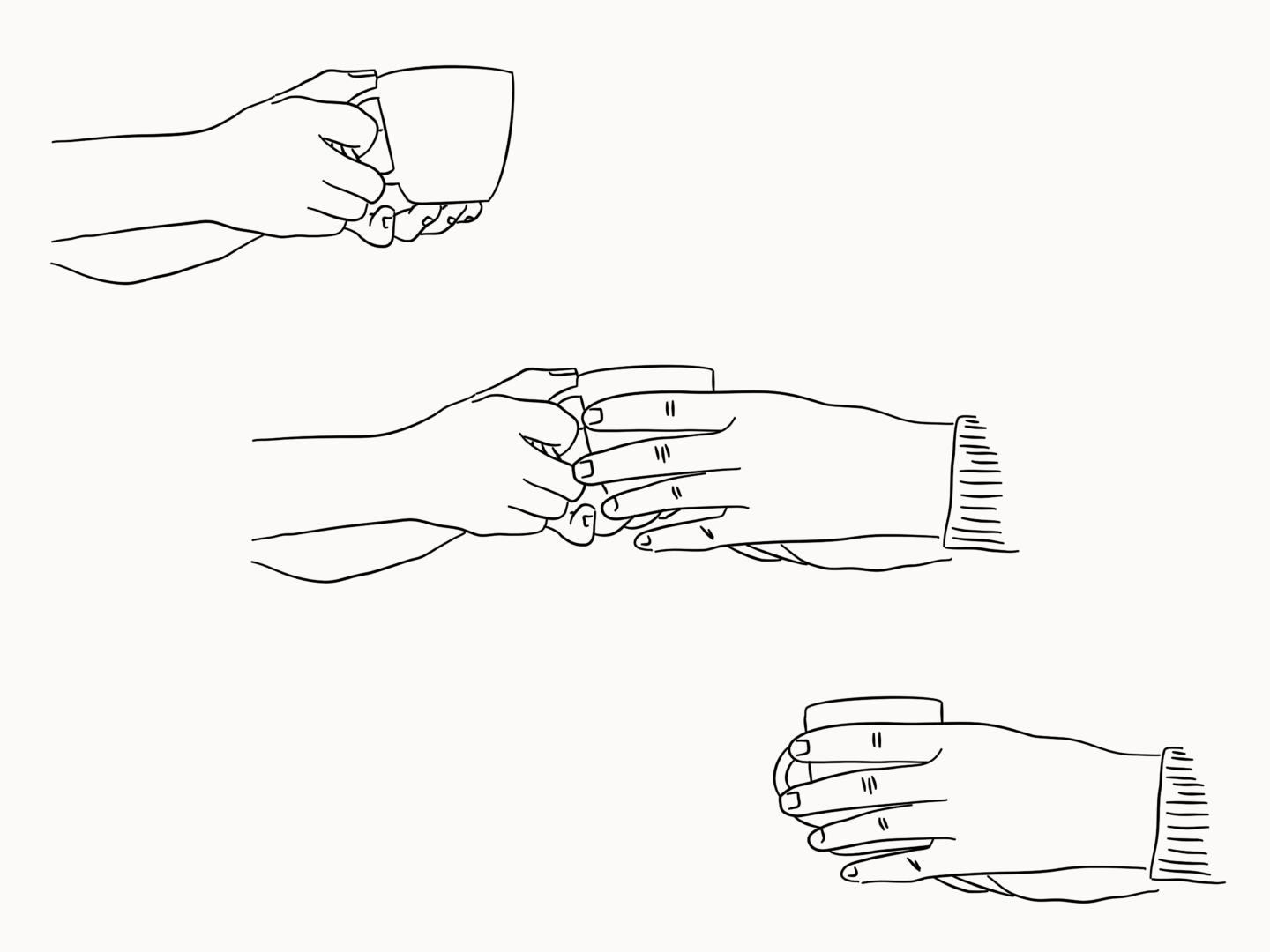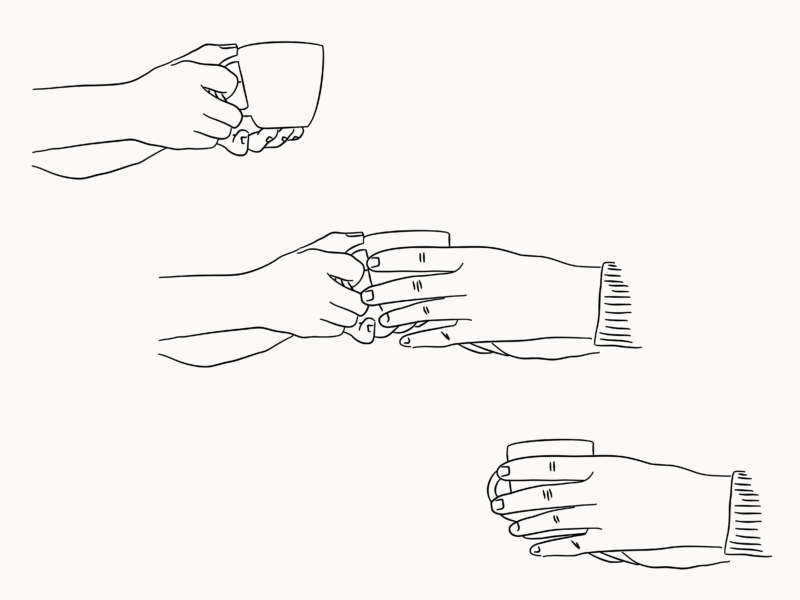The days are dark, the nights are long, the weather is cold. So that must mean it’s the perfect time to curl up inside with a warm mug of tea and some of the best articles on the web. If you get the tea, I’ve got your reading material sorted.
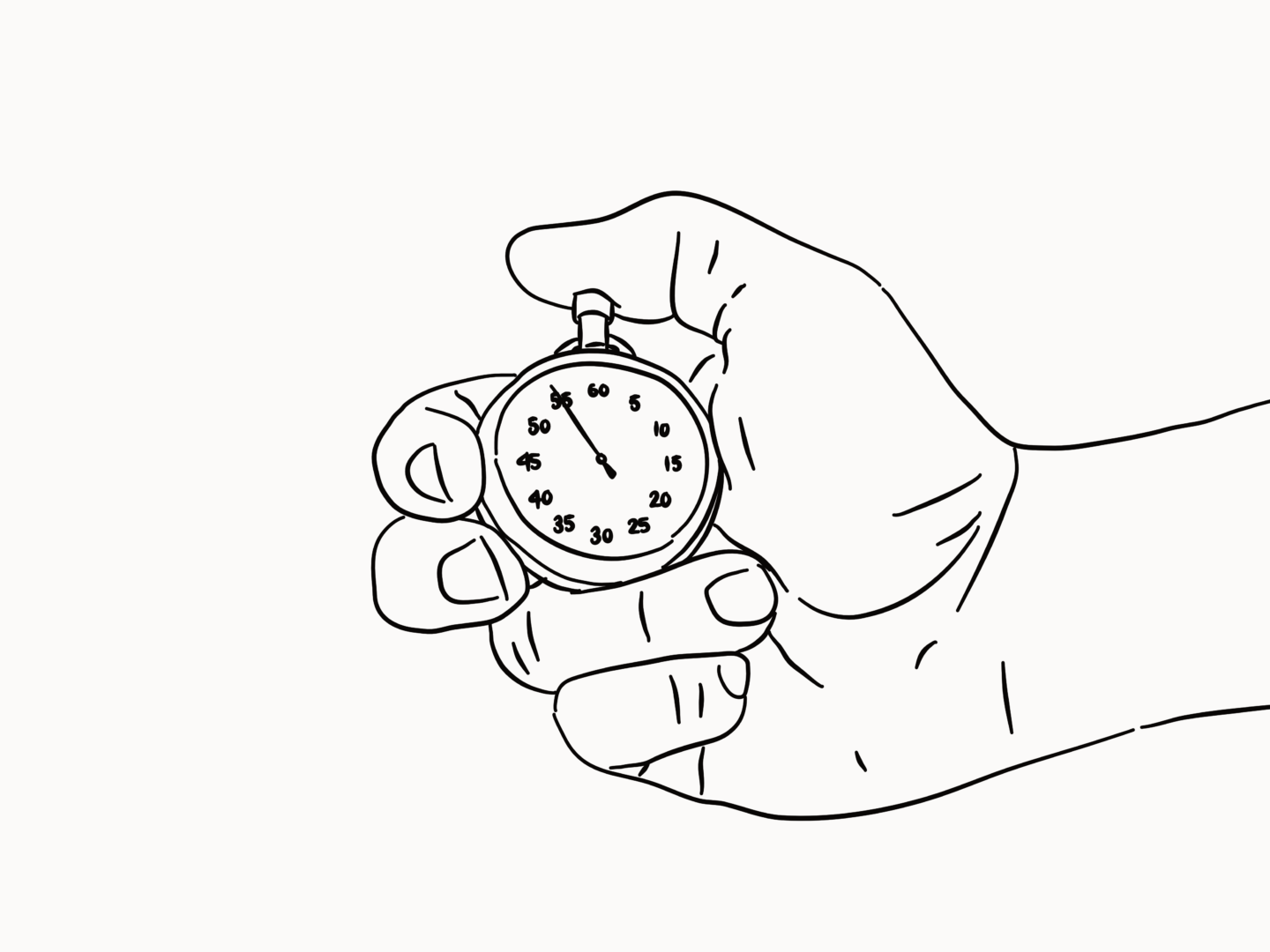
SHORT READS, IF YOU’VE ONLY GOT A FEW MINUTES:
These UX designers are rethinking the voter ballot
It’s been a big month for elections. At these big moments, I can’t help but turn on the bit of my brain that wants to be a service designer and wonder why arguably the biggest service of any democracy, voting, is always so questionably designed. Clearly and thankfully, I’m not the only one thinking about it. (If anyone knows how I can get a job doing this please let me know!)
“The pursuit of excellence has infiltrated and corrupted the world of leisure.” We need to get comfortable with the fact that sometimes just being okay is okay.
30 costumed dogs from the Topkins Square dog parade 2018
Okay I know this isn’t technically within the remit of what I share in this roundup but these dog costumes are definitely works of art and oh so adorable. You can thank me later.
Are public parks and unalloyed good?
I love my local park, walking through it on a daily basis has brought a world good to my year. “Cities need parks, but not just any parks will do. How they’re designed plays a crucial role in determining whether they benefit surrounding communities.”
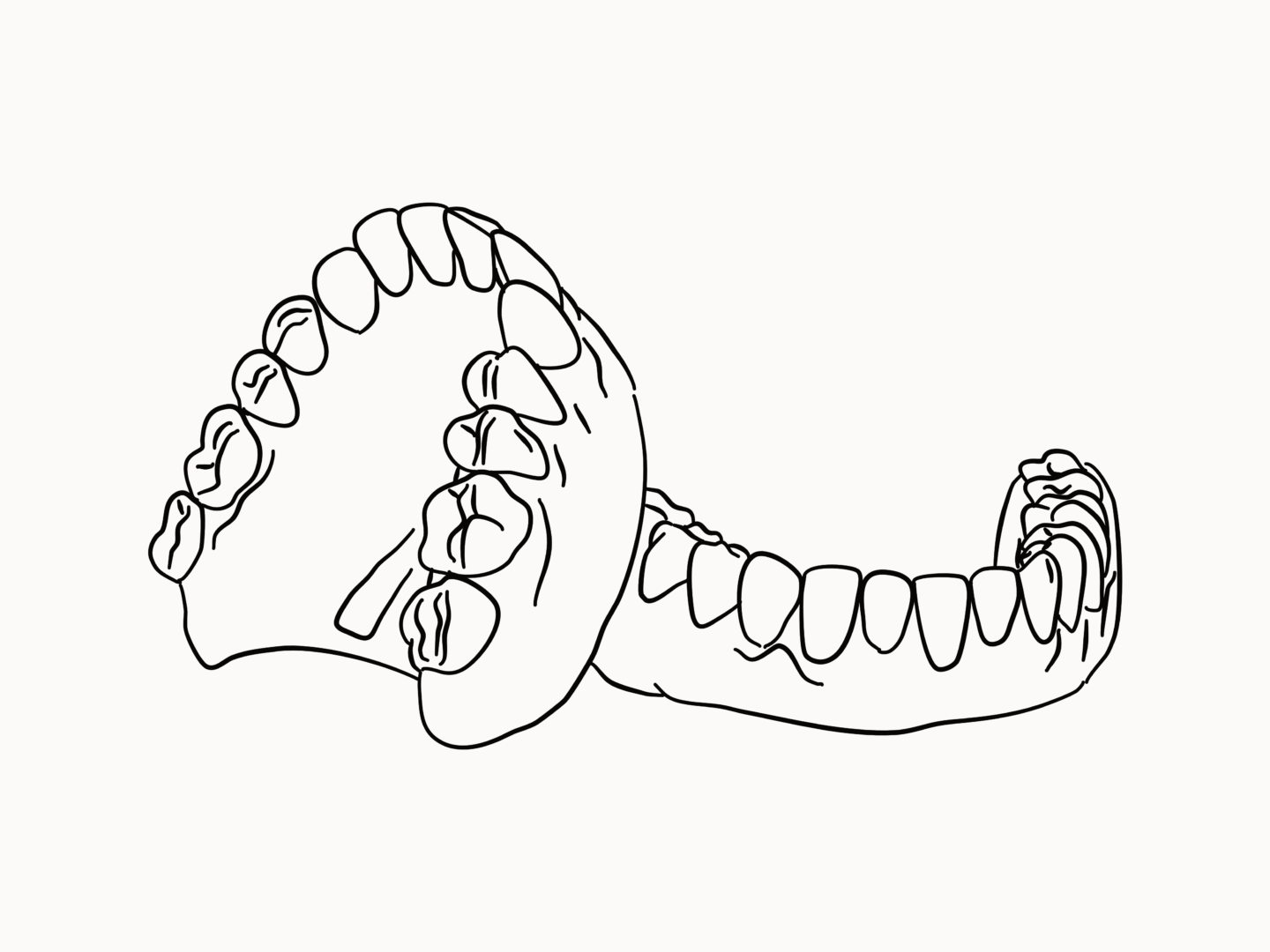
LONG READS, IF YOU WANT SOMETHING TO GET YOUR TEETH STUCK INTO:
12 Authors Write About the Libraries They Love
One of my biggest sadnesses coming out of uni was that (despite spending an awful lot of money on my education) I didn’t get continued access to the bodleian library. So I loved this piece in The New York Times where Susan Orlean asked several authors to tell her about their local public library or to share a memory of a library from their past.
The likes of Rupi Kaur and Charly Cox have undoubtedly changed the face of modern poetry, and they’ve done it by harnessing the power of social media, The Atlantic delves into how.
How to successfully pitch The New York Times (or, well, anyone else)
I want to be more proactive with my work. There are some bigger things I want to make and som platforms I want to approach, so this piece from Nieman lab on pitching was super interesting. If you’re interested in pitching (of any kind to any outlet) I think it’s a great starter for 10.
Craftfulness: Meet the life-long friends who say making things can mend your mind
Crafting is good for everyone. “People are tough on themselves. So many of us are working hard, raising kids and running a house. I know I certainly felt like crafting was taking time out of something I should be doing instead. But it’s not self-indulgent, it’s good for you.”
Going to Paris. What Van Gogh’s arrival in Paris can teach us about timing.
Van Gogh, supposedly, once said “What would life be if we had no courage to attempt anything?”. He’s right. But this post from Marcy Pederson suggests that sometimes we have to learn when to attempt things and when to find our crowd.
How to talk to people, according to Terry Gross
It’s not necessarily design based, but my design job requires talking (and mainly listening) to people all day. Plus we’re in the season of small talk, so I thought I’d share some wisdom from an expert. It’s fair to say Terry Gross knows some things about talking to people. The host and co-executive producer of NPR’s “Fresh Air” has interviewed thousands of personalities over the course of her four-decade career.
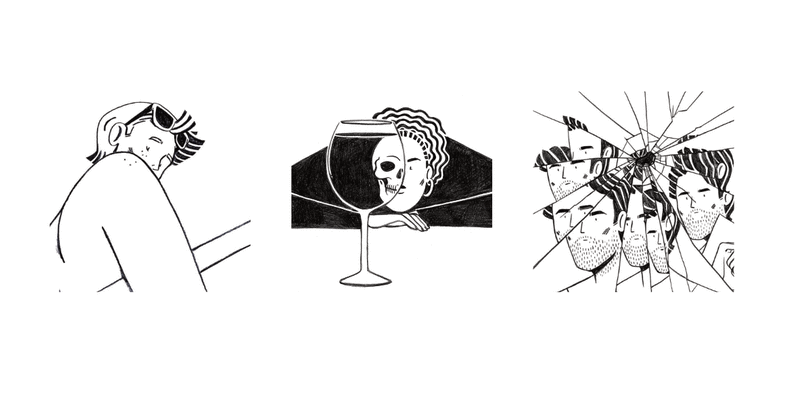
WHO TO FOLLOW, IF YOU WANT TO SPRUCE UP YOUR INSTAGRAM FEED:
Everything Kate Wilson, AKA Little Doodles, shares brings a smile to my face. I think sometimes we just need some goodness and she delivers in spades.
Emma Sutton is a wonderful illustrator from my hometown. I’d seen her work before in the window of iconic tea room Betty’s but I’d never known who she was until the lovely people at One & Other mag did a video feature on her. I’m so glad they did because I’m obsessed with her richly detailed illustrated worlds.
Alice Des’s illustrations are just so stylish. I love how she draws hair in particular, there’s just something so nice about the waves on waves. She also balances positive and negative space brilliantly in her monochrome pieces, definitely something I personally want to work on.


